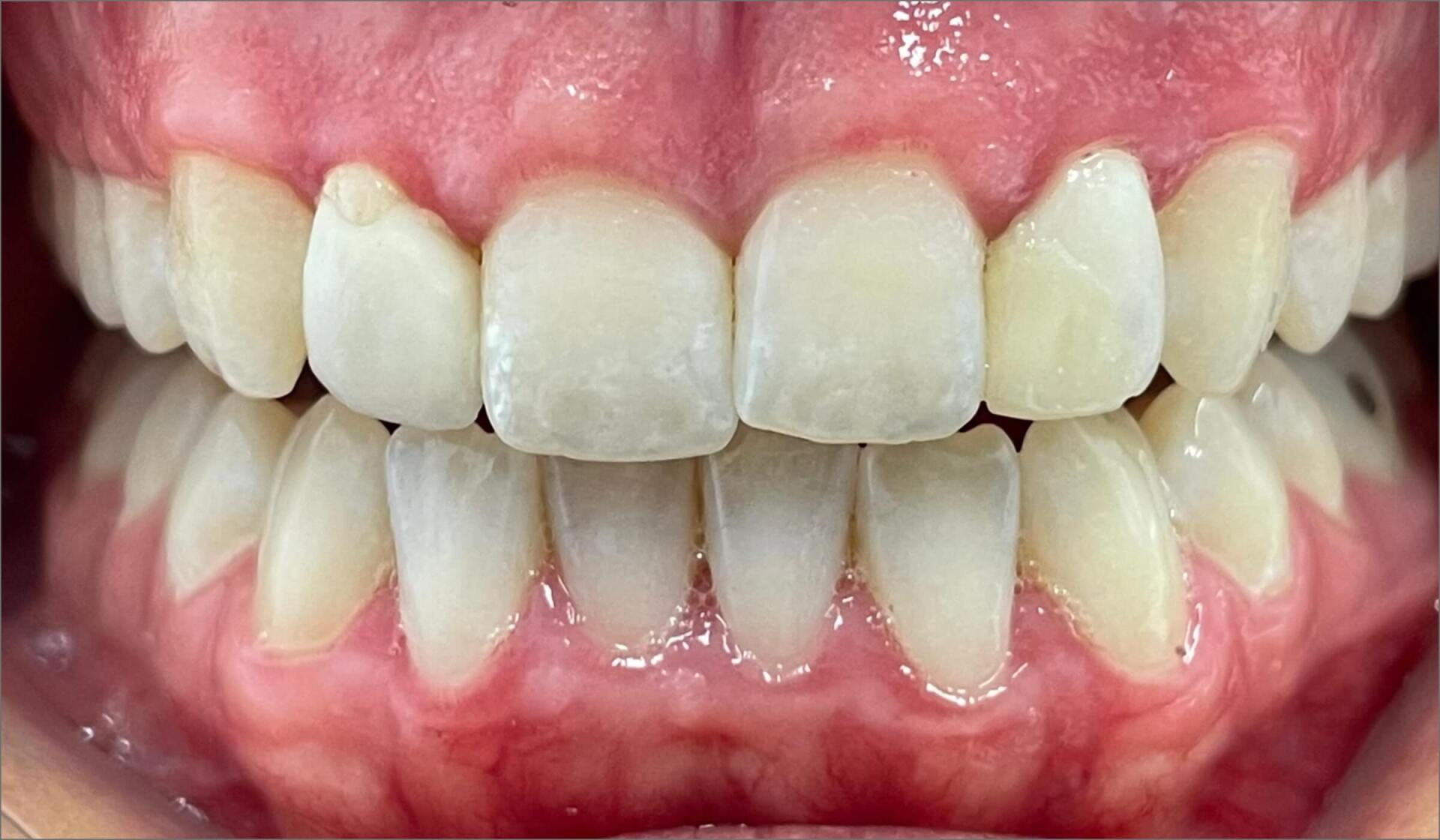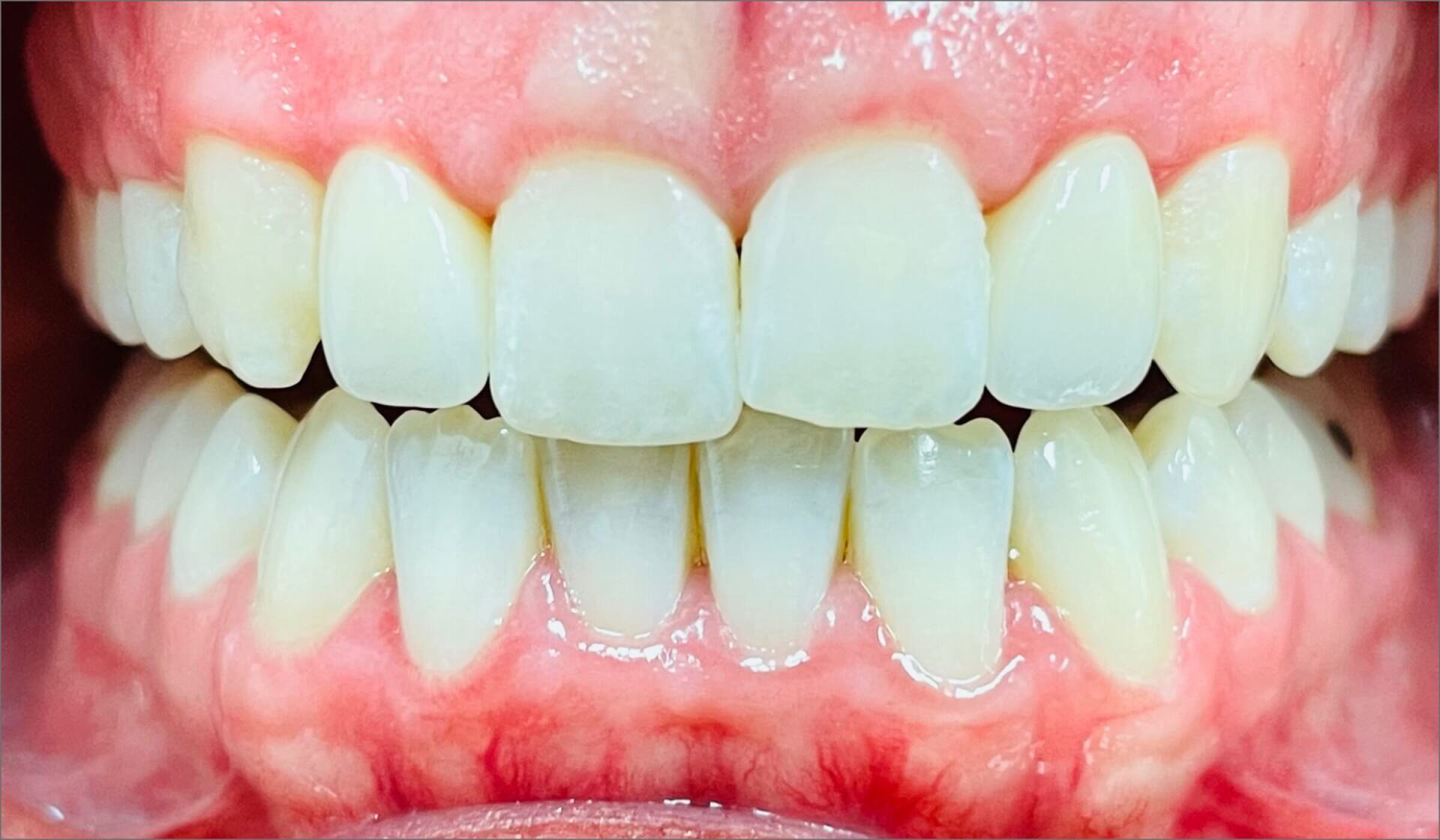What is a dental crown?
Over time, your teeth can become damaged due to things like tooth decay, cracks and injuries or just use over time. Dental crowns are tooth-shaped “caps” that can be placed over your tooth to restore the tooth’s shape, size, strength and appearance. The dental crown is cemented into place on your tooth and it covers the visible portion of the tooth.
Why might I need a dental crown?
There are a number of scenarios where a dental crown may be used as part of your treatment plan. A dental crown may be used to:
- Protect a weak tooth from further damage
- Restore a broken or severely worn-down tooth
- Restore a cracked tooth
- Cover and support as tooth with a large filling
- Hold a dental bridge in place
- Cover a misshapen or discoloured tooth
- Cover a dental implant
- Cover a tooth that’s been treated with root canal therapy
What is the dental crown treatment process?
Depending on the type of dental bridge and your personalised treatment plan, the treatment may take place over several visits. At Somersmiles, we’re committed to making the process as efficient and comfortable as possible.
01. Treatment consultation
First up, pulp test and x-rays are done to help your dentist asses the work that is required. This is followed by a consultation with your dentist and treatment coordinator to develop and schedule your treatment plan. A dental crown often forms part of a larger treatment plan such as root canal therapy or dental implants, or if you have cracked a tooth where a filling would not be viable.
During your consultation we’ll discuss the options for ensuring your comfort during the procedure including local anaesthetic, or sleep dentistry. We encourage you to read more about Sleep dentistry here. You’ll also have the opportunity to ask any questions and sign a consent form before proceeding.
02. During your treatment
First and foremost, we take the necessary steps to minimise any discomfort in accordance with your treatment plan, whether that be local anaesthetic or sleep dentistry sedation.
Your dentist will then file down the top and sides of the tooth which is receiving the crown. If too much of your tooth is missing, a filling material will be used to build up enough of a structure for the crown to cover.
After reshaping the existing tooth, your dentist will make an impression for the tooth using a scanning device or that takes a digital picture of the tooth inside your mouth, or a impression using impression material. Our Laboratory uses computer software to create a 3D model of your tooth and create your dental crown.
Your dentist will then place the crown over your tooth and permanently cement it in place with a special adhesive.
03. Following your treatment
After your treatment has been completed, we will provide you with post-procedure care information.
Permanent crowns in just one visit
Somersmiles dental have the convenience of same - day dental crowns with our advanced Cerec System. This state of the art technology allows us to design, create and place high quality ceramic crowns in just one visit while you wait.
This then eliminates the need for impressions, temporary crowns and multiple appointments. Using our #D imaging and CAD/Ca, software, your custom crown will be designed and milled straight away in our office with exceptional accuracy, ensuring a perfect fit and natural appearance. Cerec crowns are durable and blend with your smile, offering both the optimal restoration and aesthetic appearance in one day.
Before and Afters


News and advice



